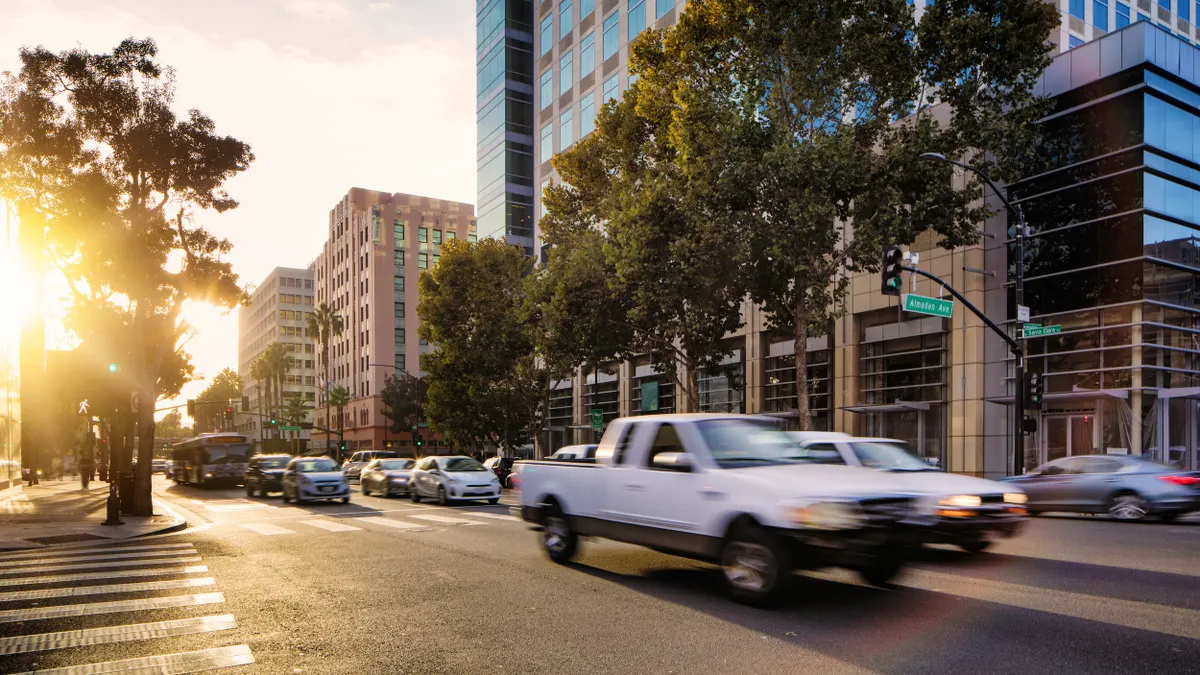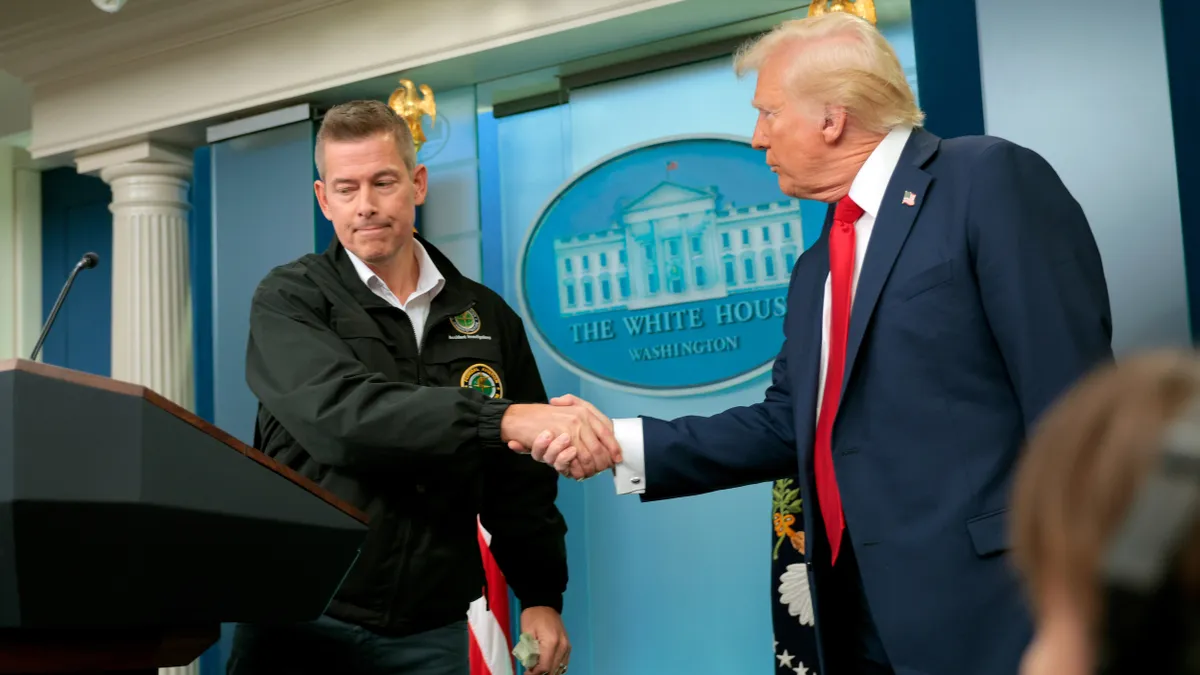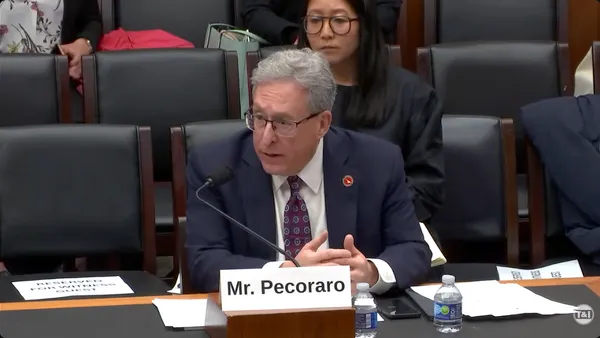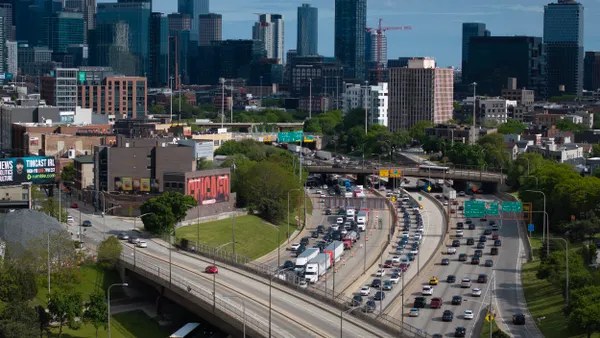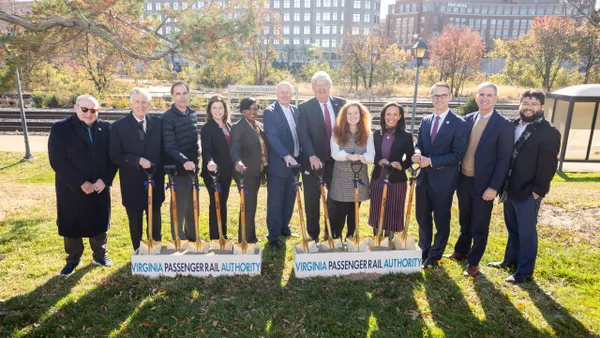Road hazards like potholes, debris and malfunctioning traffic signals can cause accidents for motorists, bicyclists and pedestrians. Many cities offer a 311 non-emergency number to report such conditions, but perhaps not in time to avoid dangerous situations.
San José, California, is testing artificial intelligence and cameras to detect and alert city officials, “so that we can get them fixed before they become problems for our residents,” Mayor Matt Mahan said in an interview.
Although the city enables residents to report road hazards via a 311 line, a website or a mobile app, Mahan said they wanted a more real-time method of identifying street problems.
Last year, the Toyota Mobility Foundation awarded San José a $260,000 grant to see how AI and computer vision could automatically detect road obstructions and other hazards. The city started by putting sensors on some city-owned vehicles and found they could detect potholes with a 97% accuracy rate, Mahan said.
The mayor admits the project is still in its early stages, and the system’s ability to correctly identify other hazards – such as trash on the road and malfunctioning streetlights – isn’t yet reliable enough. They’re now putting sensors on more city vehicles to cover more streets.
The city also began working with nearby universities: Stanford University, the University of California Santa Cruz and San José State University. For example, three professors and graduate students at SJSU created a model that can accurately detect construction signs and orange traffic cones.
The project also aligns with the city’s 2025 Better Bike Plan to increase safety and its Vision Zero initiative to eliminate traffic fatalities and severe injuries. San José has 550 miles of on-street bikeways and off-street trails.
Mahan wants to push the AI project forward in next year’s budget. He said that he asked the city’s IT and transportation departments: “Can you give me a date by which we will be able to do object detection on 100% of city roads at least once per month?” He said he needs to know how much that will cost, not only to detect hazards but also to fix them.
“It's not just about sensing and reporting the problem on the front end; we've got to fulfill the outcome on the other side,” he said.
The mayor said he’s also considering partnerships with the private sector, noting that delivery vehicles are on the city streets nearly every day of the week.
Perhaps the biggest challenge as the AI program expands will be the capacity to fix all the hazards it identifies, Mahan said. “I'm interested in the startups that are testing automated robotic road repairs, for example.”
To gather feedback from residents, the city utilized online events, street festivals and surveys. Some survey respondents expressed privacy concerns, but accepted the use of AI with human oversight, according to US Ignite, a technology nonprofit that helped guide the program.
“Everything we do in San José is about value for our residents,” Mahan said.



